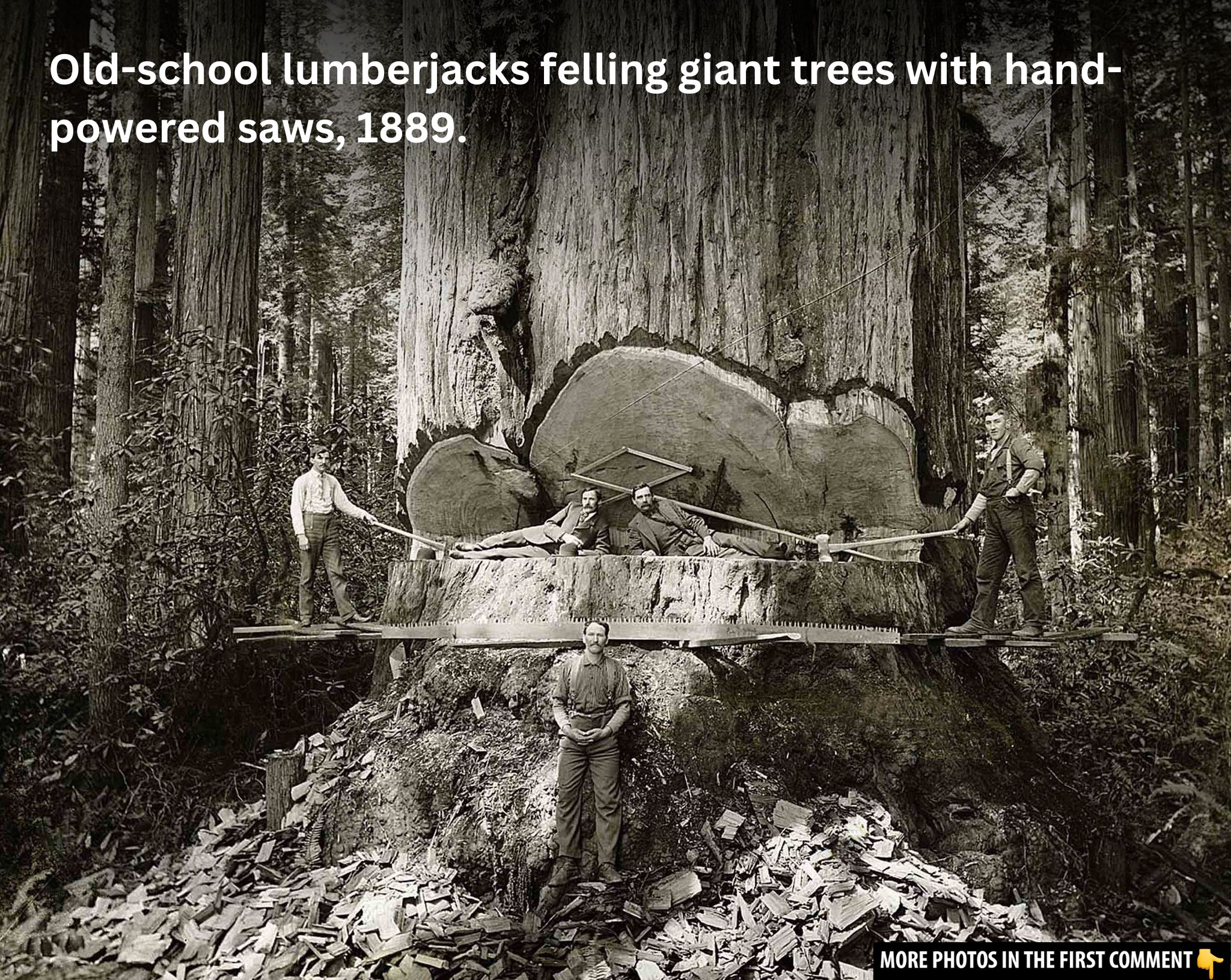In the late 19th and early 20th centuries, the lumberjack profession was at its peak. These workers, known for their physical strength and immense skill, played a pivotal role in shaping the forests of America and, by extension, the nation’s industrial growth. With only their axes, cross-cut saws, and raw muscle, lumberjacks cut down the vast forests, shaping the timber industry that would supply wood for houses, railroads, and machinery. Their work was demanding, dangerous, and deeply embedded in the fabric of American culture. The photos taken from this era serve as a testament to their dedication and the lifestyle they led, as well as to the transformation of a nation that relied on their efforts.
The Tools of the Trade: Hand Tools and Manual Labor
Before the advent of motorized chainsaws and other heavy machinery, the lumberjack’s tool of choice was simple but powerful: the axe. Along with cross-cut saws, these tools allowed them to fell trees that sometimes reached up to 12 feet in diameter. A large tree would require careful planning and precision, with lumberjacks using springboards to climb to higher positions on the tree to begin their cuts. The process of felling a tree was dangerous; with one wrong move, a tree could fall in the wrong direction, causing injury or death.
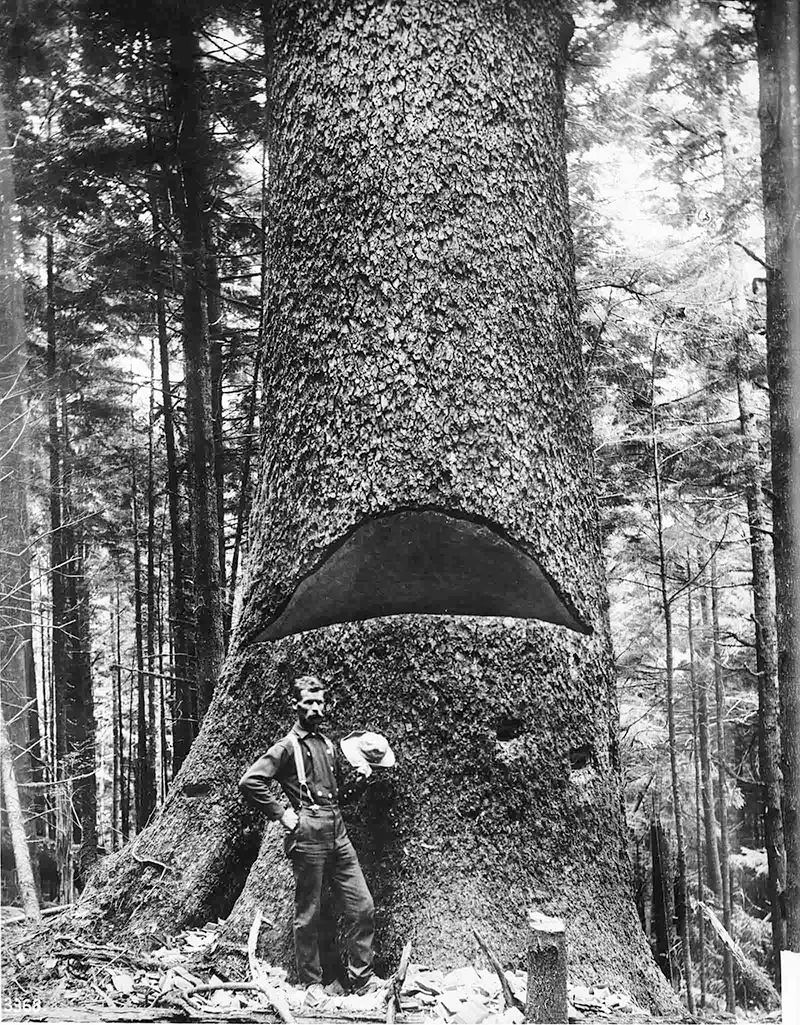
The absence of modern tools meant that every movement required immense physical effort. The men often worked in teams, where different workers would take on specialized tasks. For example, the “fallers” were responsible for actually bringing the tree down, while “buckers” would cut the felled tree into manageable pieces. The use of hand tools, while grueling, required a unique set of skills that have largely been forgotten in the modern-day logging industry, where machines do much of the labor.
Video
Watch Early 1900s Logging of the Giant Coastal Redwoods to see how these massive trees were logged in the early 20th century. A fascinating look at the history of the redwoods!
Life in the Lumber Camps: The Social Landscape
Living conditions for lumberjacks were far from comfortable. Lumber camps were often nothing more than small, cramped shacks or bunkhouses, which were frequently overcrowded. The smell of smoke, sweat, and drying clothes filled the air, adding to the grim atmosphere. Despite the harshness of their living conditions, lumberjacks often bonded over their shared struggles. Many camps were strictly regimented, with rules in place to maintain order—no alcohol was allowed, and talking during meals was strictly prohibited.
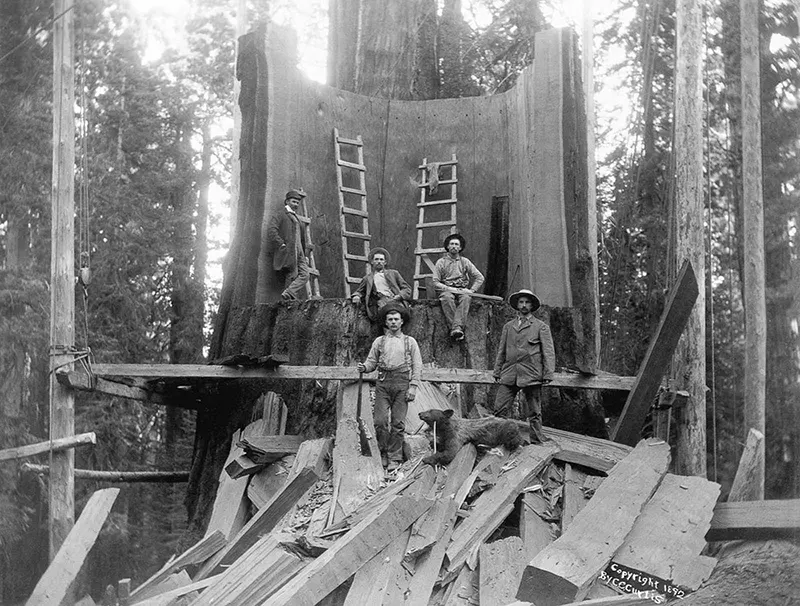
Though the work was grueling and the living conditions harsh, camaraderie among the men was strong. They worked together under challenging circumstances, forming lifelong friendships that helped them cope with the isolation and loneliness they often experienced. These bonds were vital to the survival of the workers, as the job was dangerous and unpredictable.
Lumberjack Jobs: The Specialized Roles in Logging Crews
Logging crews were made up of various specialized roles, each contributing to the success of the operation. The “fallers” were the primary workers who felled the trees with axes, while the “bucker” was responsible for cutting the felled trees into logs. One of the most important roles was that of the “whistle punk,” whose job was to act as a safety lookout. The whistle punk had to stay alert at all times, signaling to the yarder operator when it was safe to move the logs. This was a highly important job, as the safety of the entire crew depended on the whistle punk’s actions.

The high climbers, also known as tree toppers, would scale tall trees to remove limbs and prepare them for logging. Using iron climbing hooks and ropes, they worked at extreme heights and with very little safety equipment. Their role was crucial, as the trees needed to be clear of branches before they could be used as spar poles for dragging logs to the landing.
Despite the danger and hard work involved, these specialized roles helped create a well-organized and efficient system for logging, making it possible to transport large amounts of timber from the forests to the cities.
The Lumberjack Lifestyle: The Work, the Struggles, and the Glory
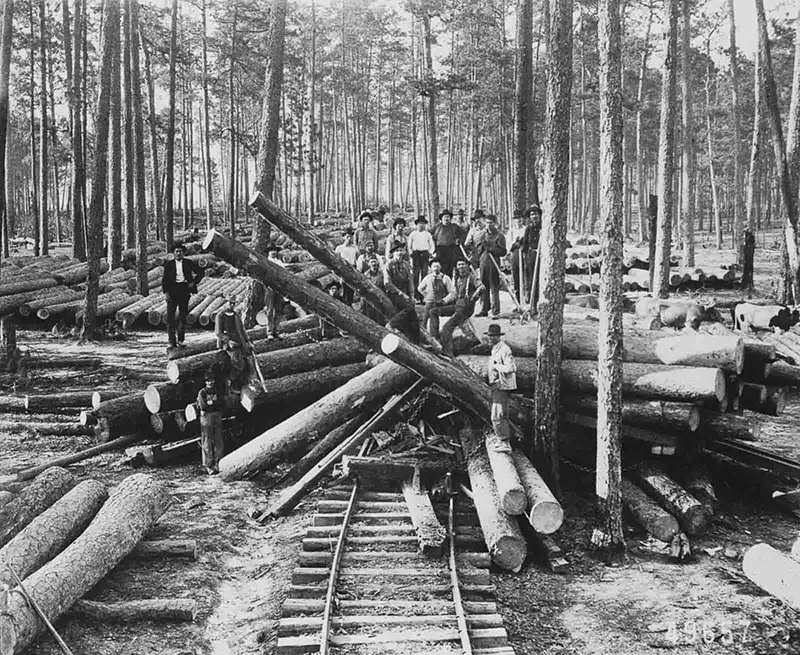
Lumberjacks lived hard lives, but their work had a significant impact on American society. The forests they helped clear paved the way for the growth of cities and the industrialization of the nation. Their contributions to the economy and infrastructure were immense, and while their lives were marked by hardship, they also played an important role in shaping America’s future.
Lumberjack work was physically demanding and dangerous. The men often worked in difficult conditions, battling harsh weather, isolation, and long hours. They faced frequent injuries, and the risk of accidents was ever-present. However, the sense of accomplishment that came from successfully completing a day’s work was a source of pride for these men. It was a lifestyle built on hard work and determination.
The End of an Era: The Decline of the Lumberjack Profession
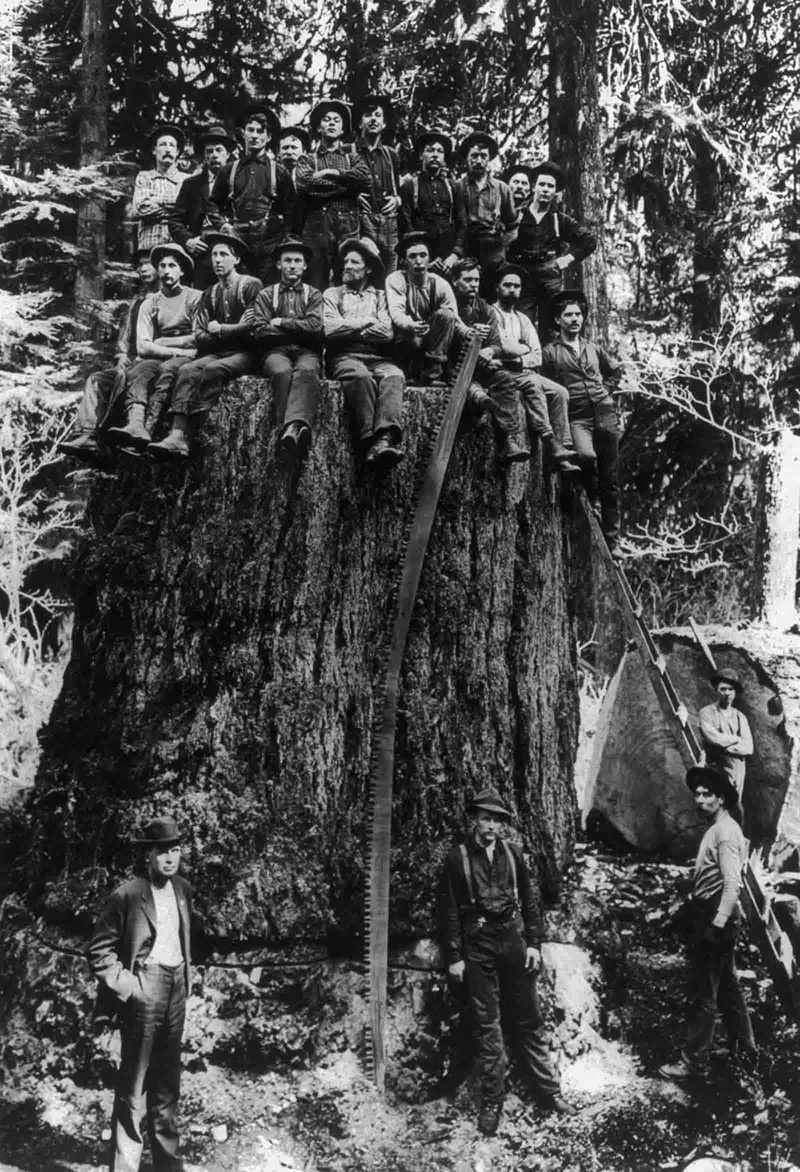
By the mid-20th century, the rise of motorized chainsaws and industrial machinery began to replace the traditional methods of logging. This transformation made the lumberjack profession largely obsolete, as machines took over the work that once required skill, muscle, and teamwork. The motorized tools could cut trees faster and more efficiently, and by the 1950s, logging had become much less labor-intensive.
As the machinery took over, the role of the lumberjack shifted to that of a modern logger, who operated the equipment rather than felling trees by hand. The profession as it had existed for generations slowly faded into history, leaving behind only the photographs and stories of the men who had once lived the hard, rugged life of a lumberjack.
Vintage Photos: Capturing the Spirit of the Lumberjack Era
The vintage photos that we have today offer a unique window into the past, showing us the lives of these unsung heroes who helped shape the nation. These photographs are invaluable not only for their historical significance but also for their ability to capture the spirit and resilience of these men. From their everyday struggles in the camps to the dramatic moments of felling giant trees, the photos encapsulate the raw power and determination of the lumberjacks.
These images are not just pictures; they are stories frozen in time, each one telling the tale of hard work, dedication, and the transformation of a nation. They serve as a reminder of the sacrifices these men made and the contributions they offered to society. The photographs of lumberjacks in action are as powerful today as they were when they were taken, offering a glimpse into a bygone era of hard work and perseverance.

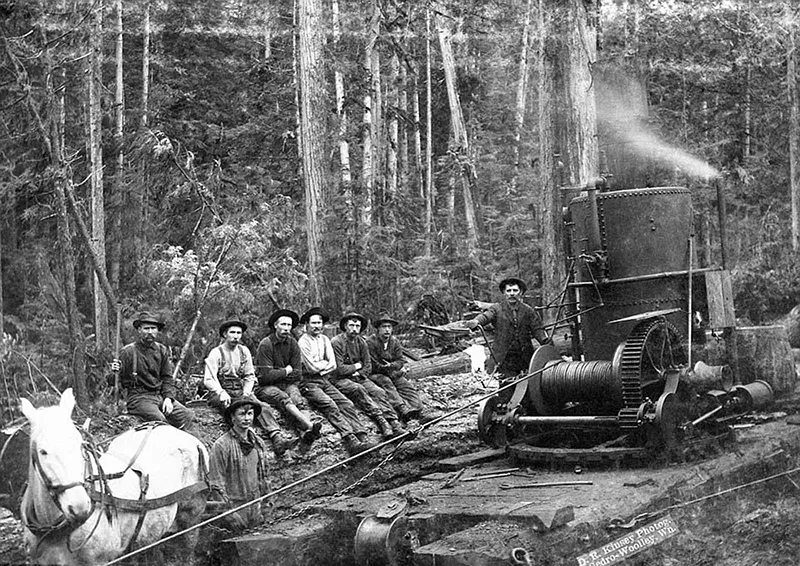
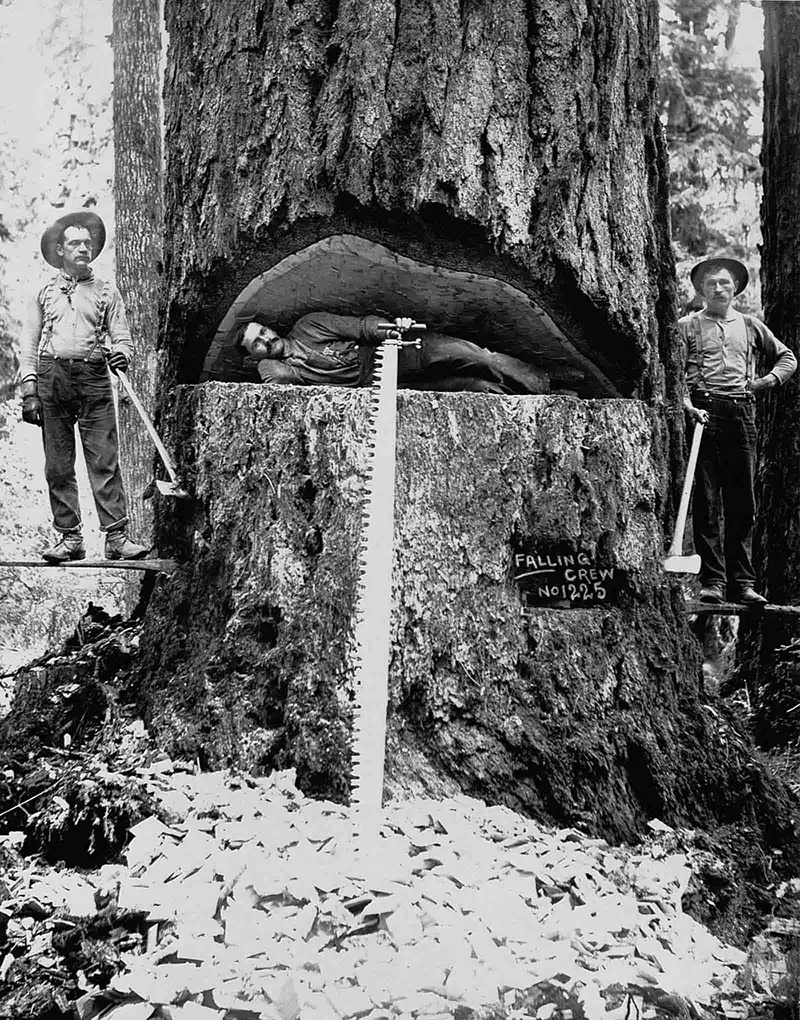


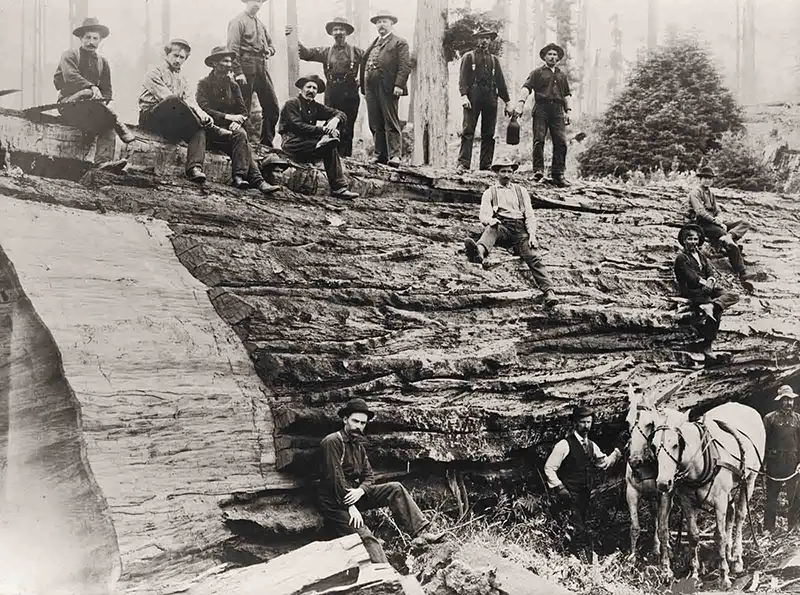
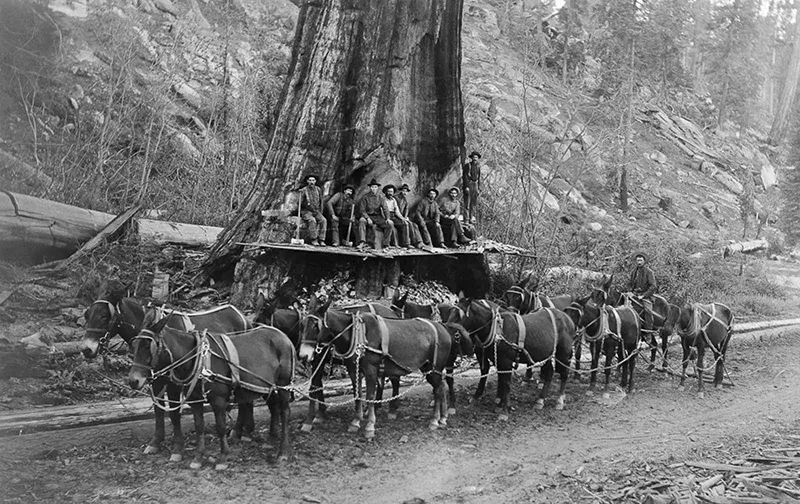
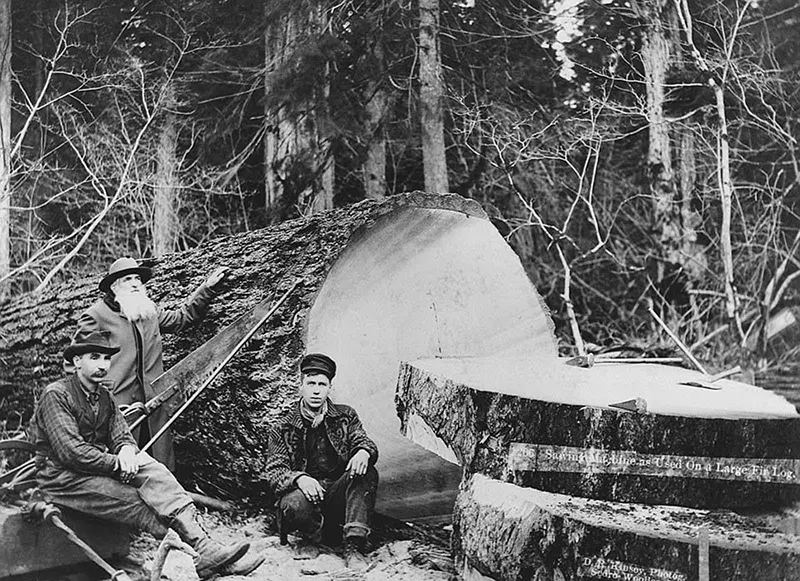
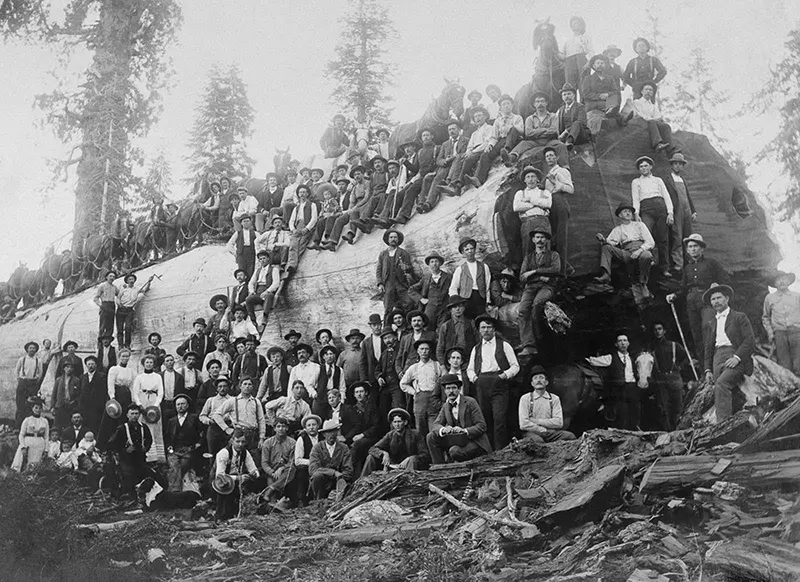
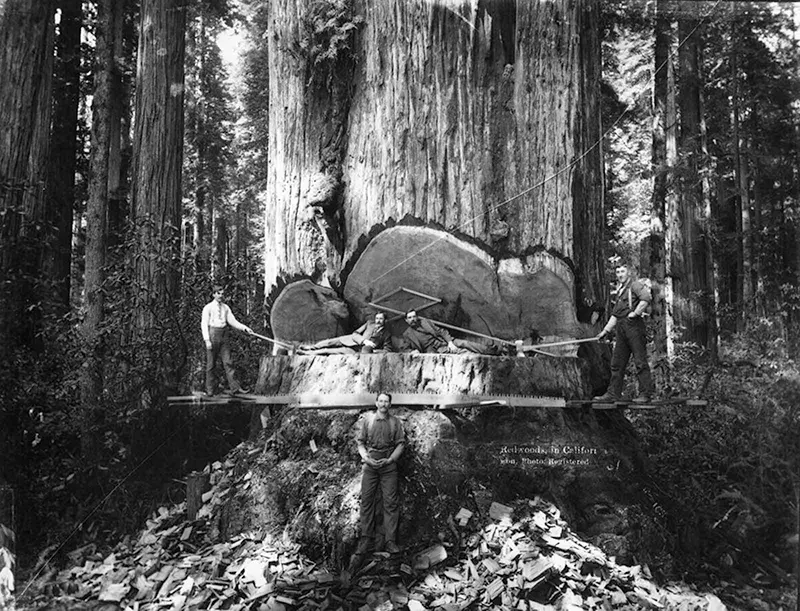
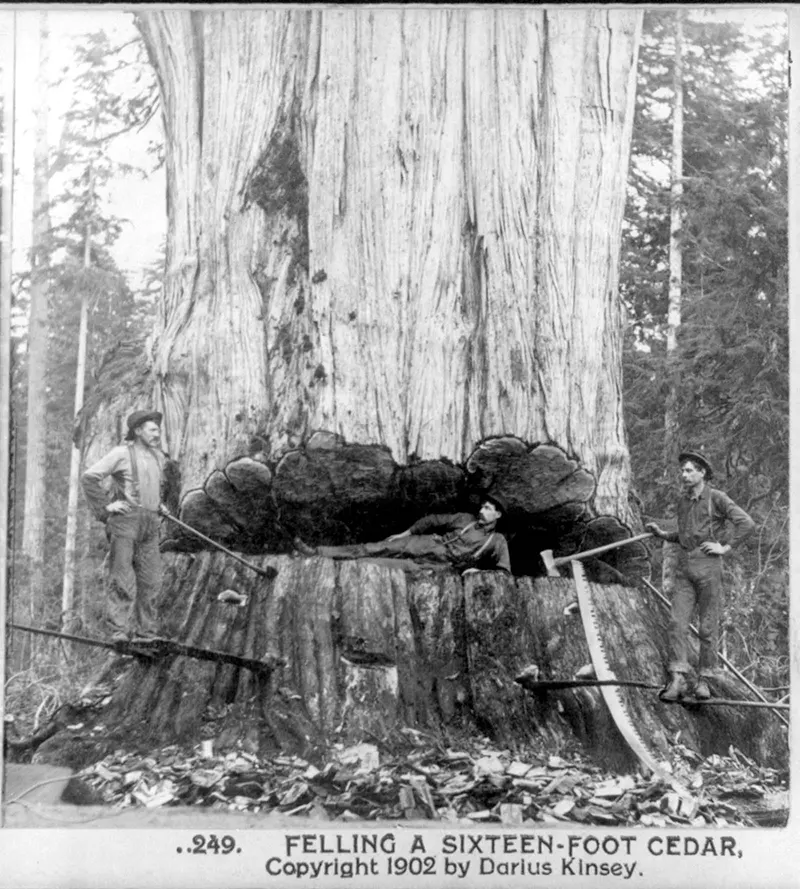
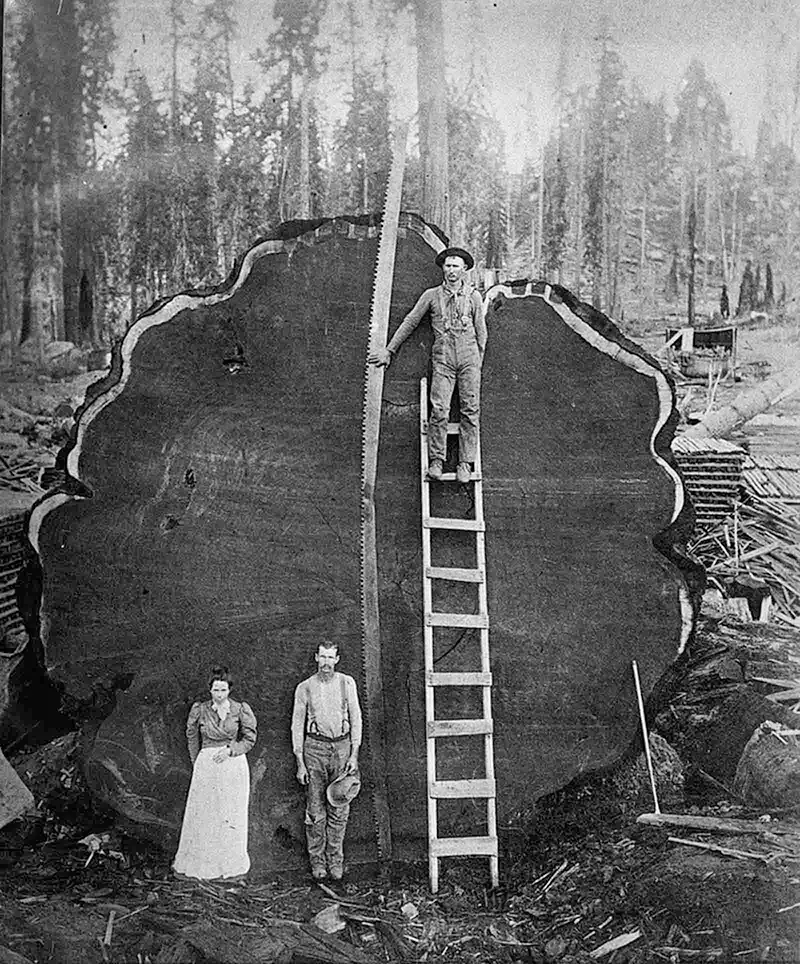
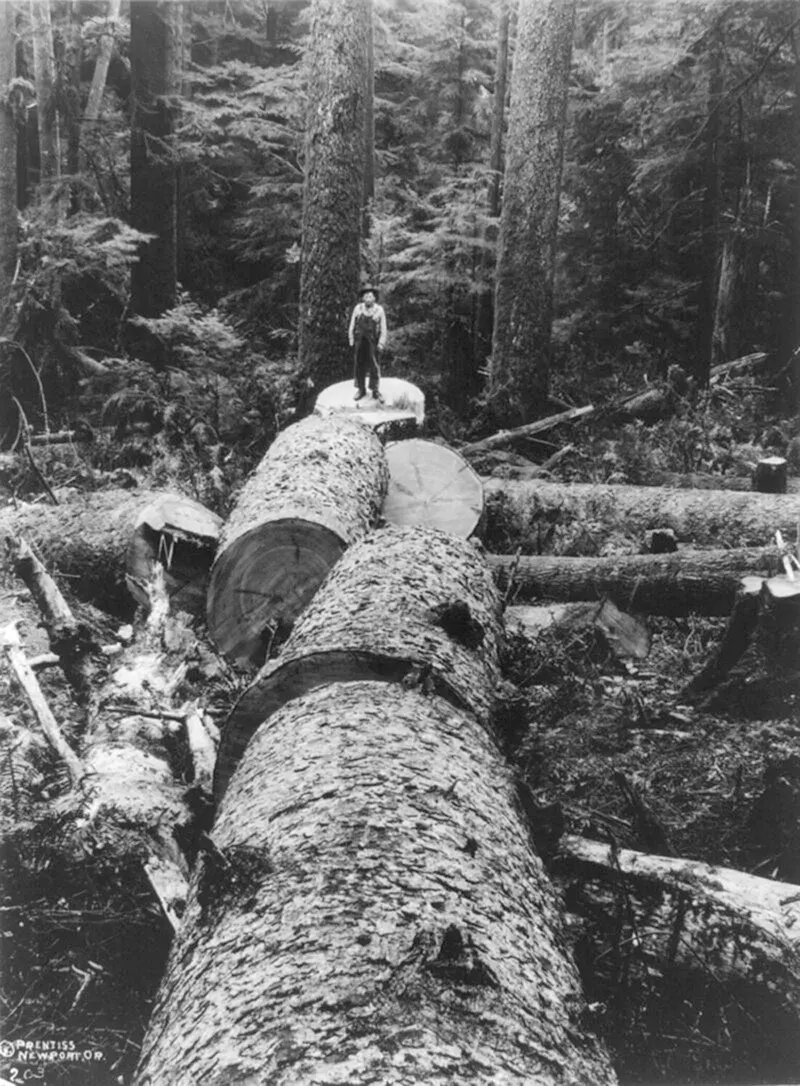
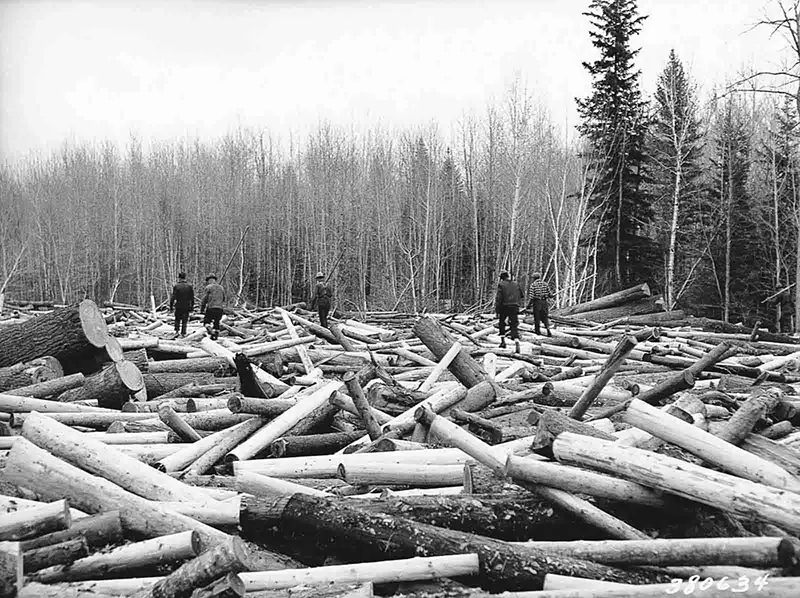

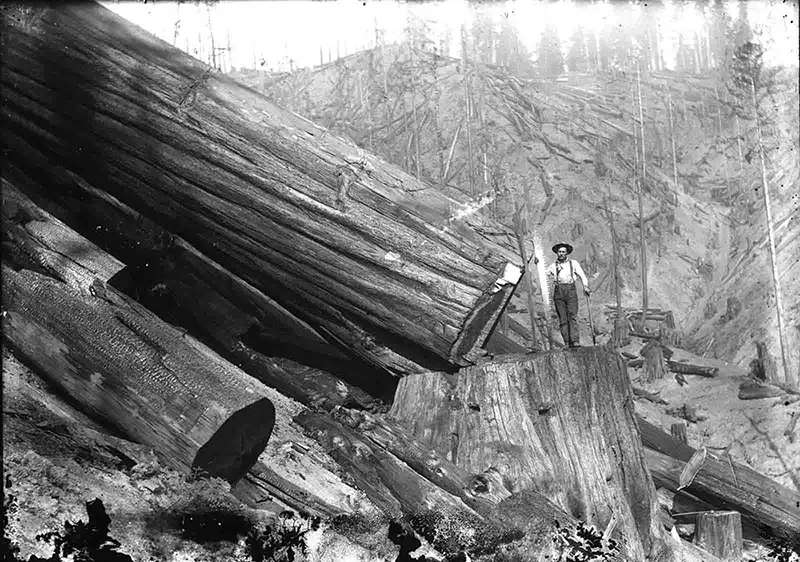


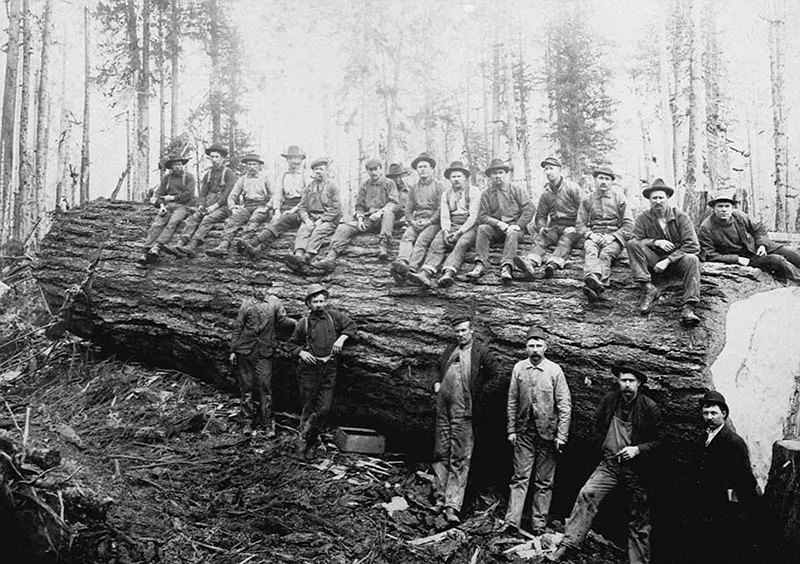
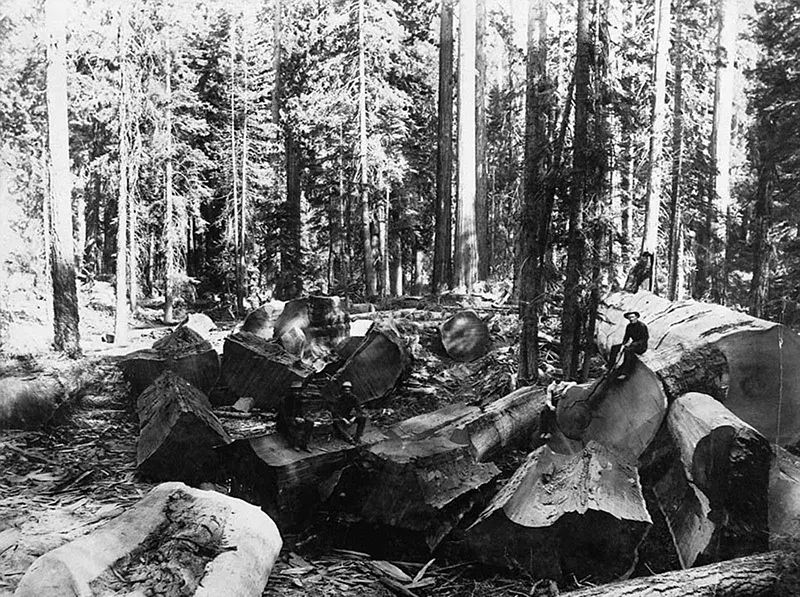
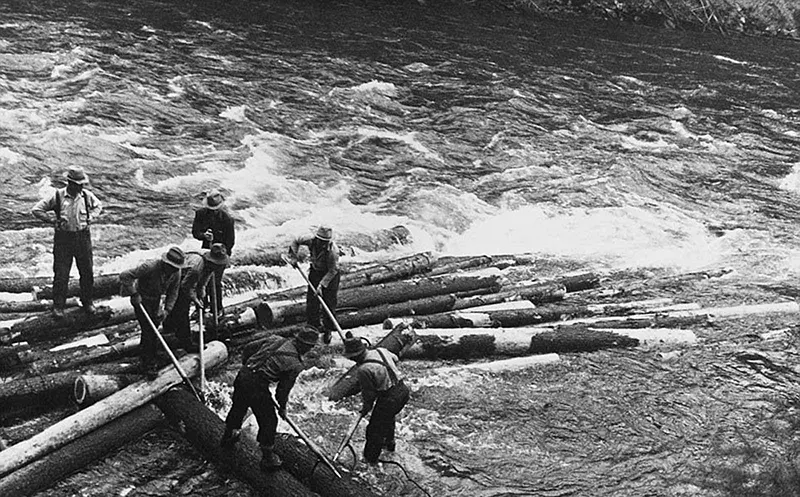

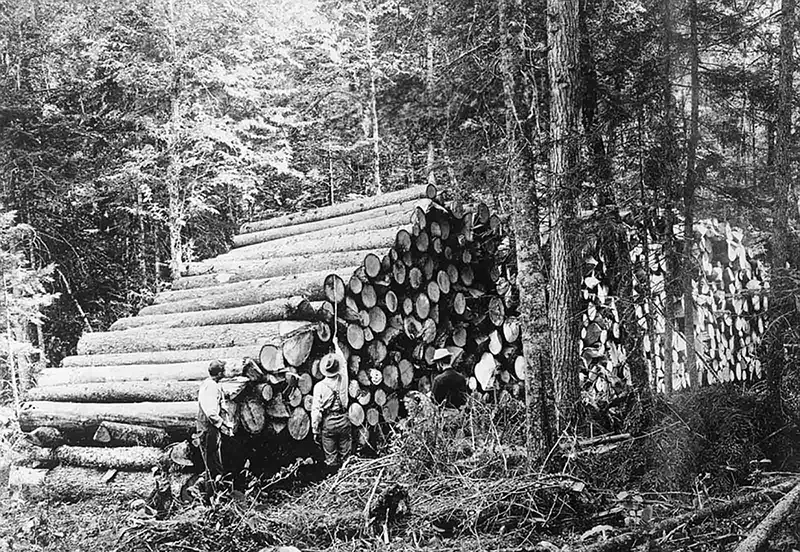

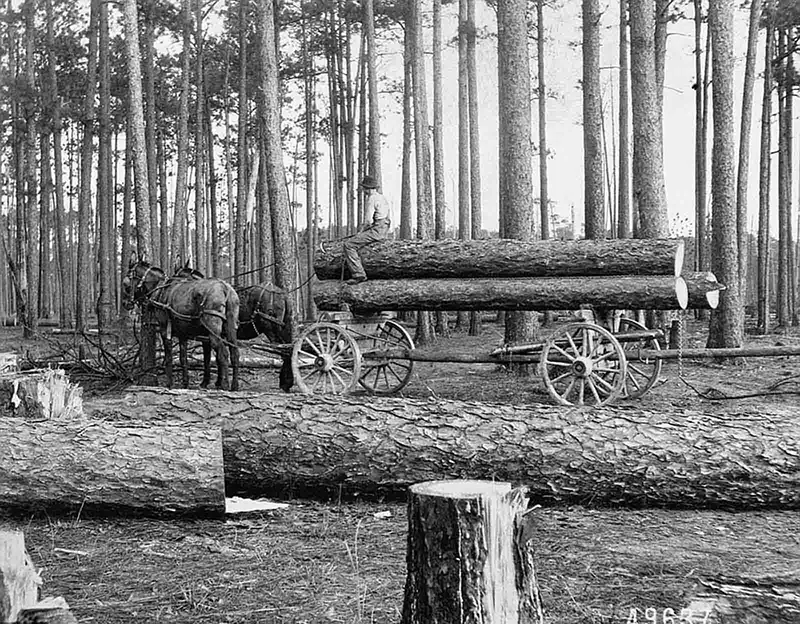
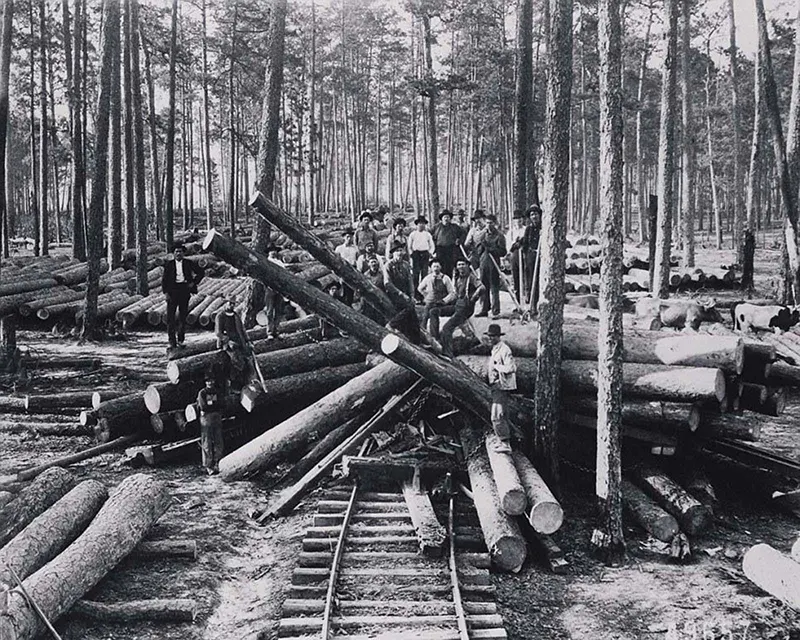
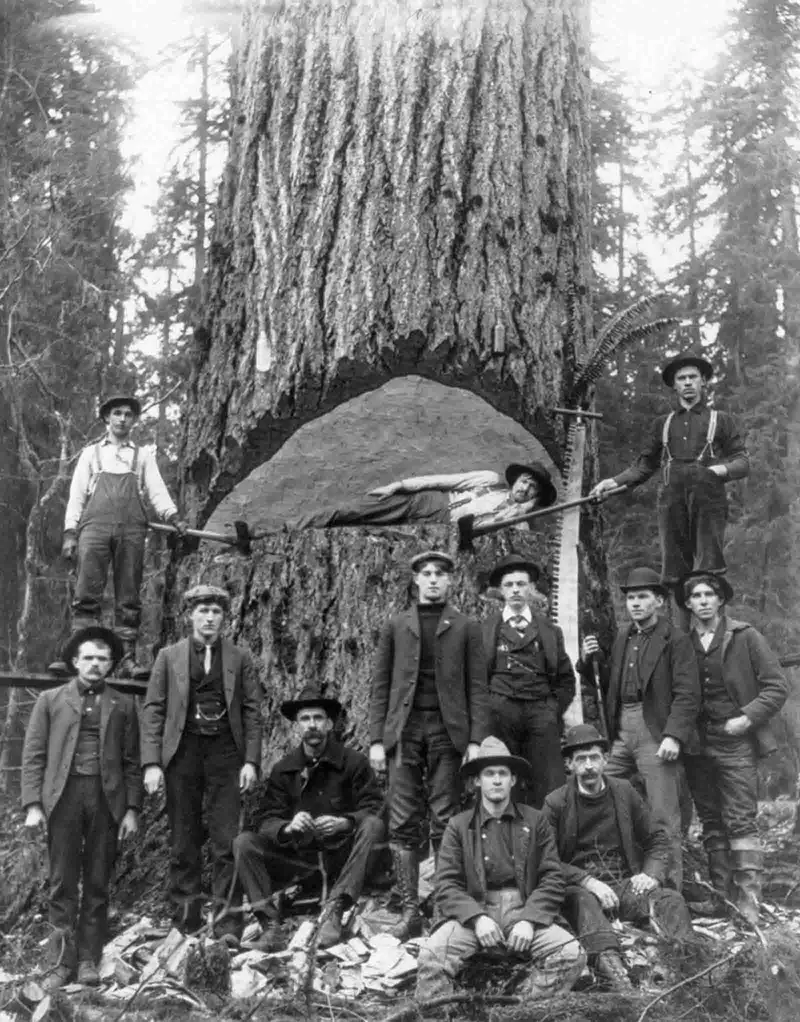
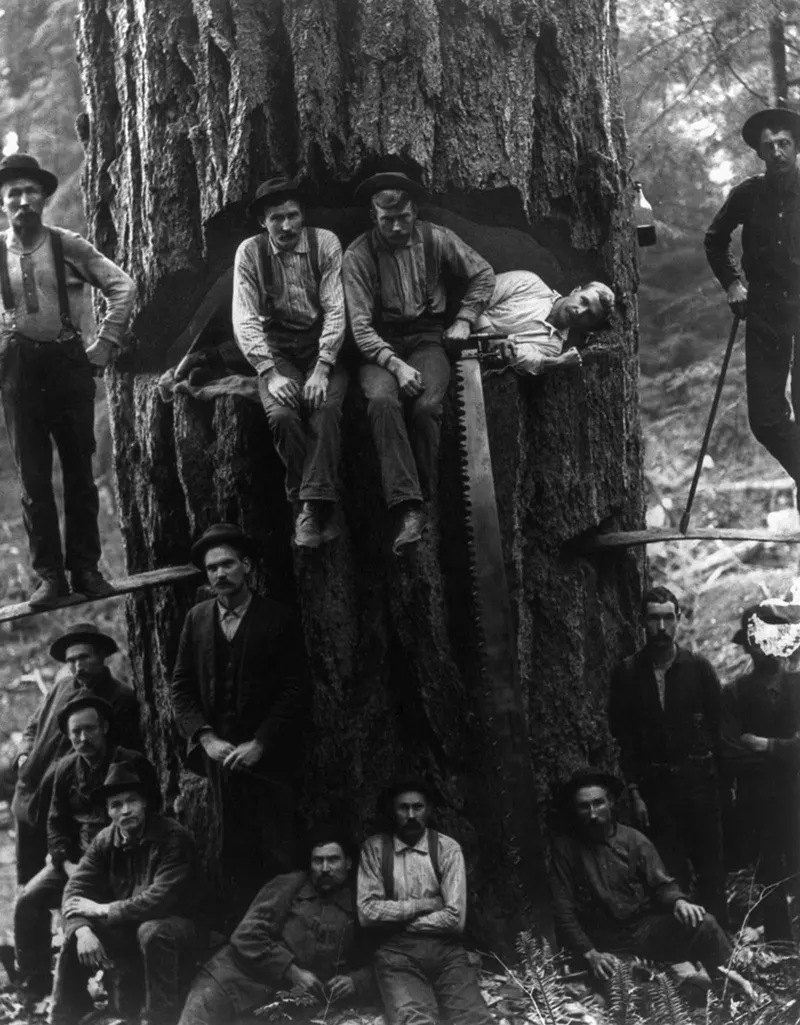
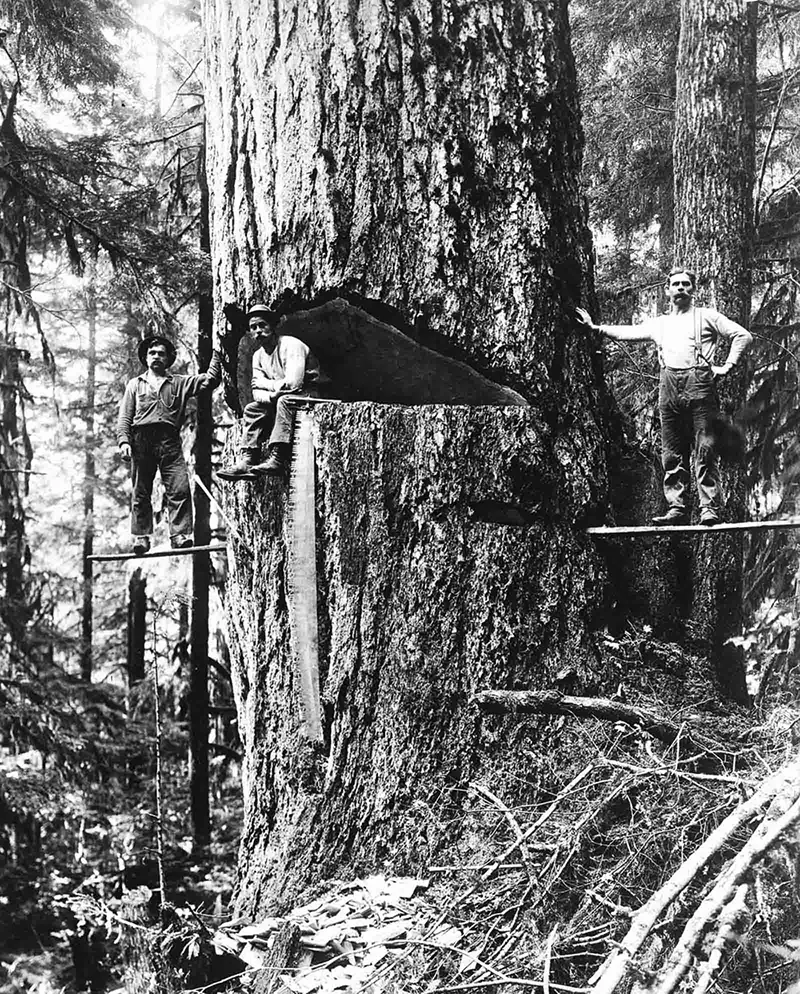
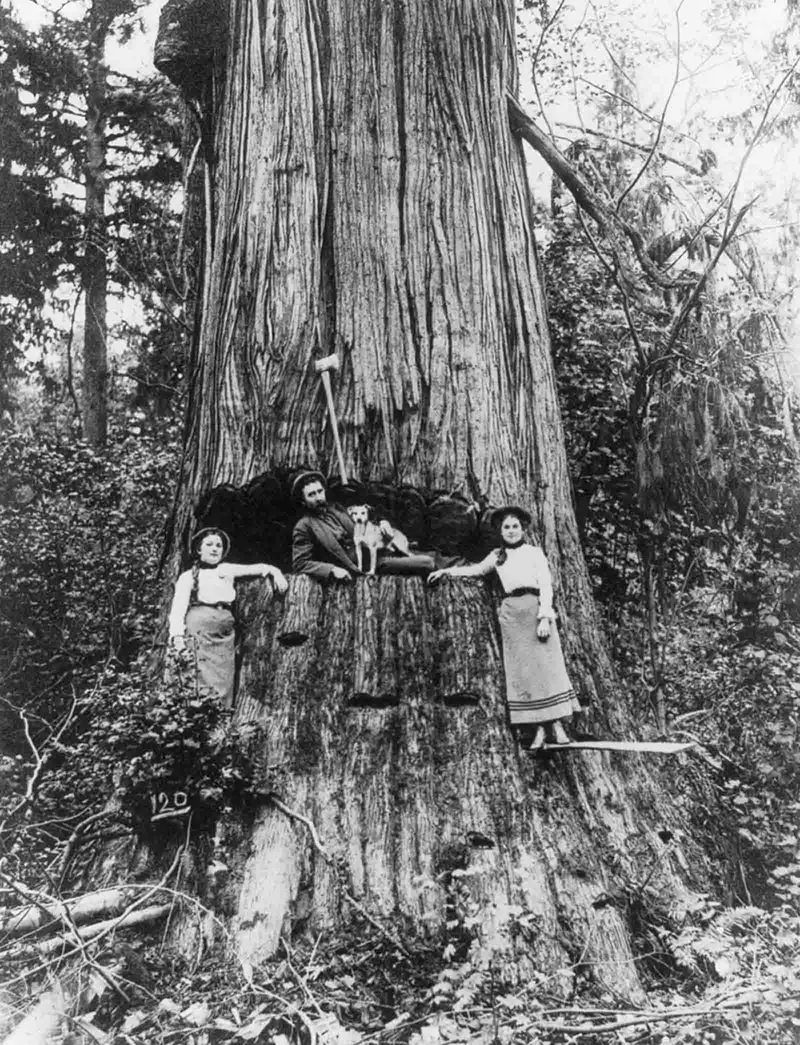
Video
Watch Timber Felling 1940s to explore the lumber industry and the work of lumberjacks during that era. A fascinating look at the history of timber cutting!
Conclusion: Honoring the Lumberjack Legacy
The legacy of the lumberjack profession is one that should be remembered and honored. These men were essential to the growth of America, and their contributions to the logging industry laid the foundation for the modern infrastructure that supports the country today. While the profession may have faded into the past, the stories of the lumberjacks, along with the vintage photographs that preserve their memory, continue to inspire us.
Through their hard work and determination, the lumberjacks helped shape the nation. They cleared the forests that made way for cities, railroads, and industries. The images and stories of these men will continue to live on, reminding us of the grit and perseverance it took to build the country we know today.
